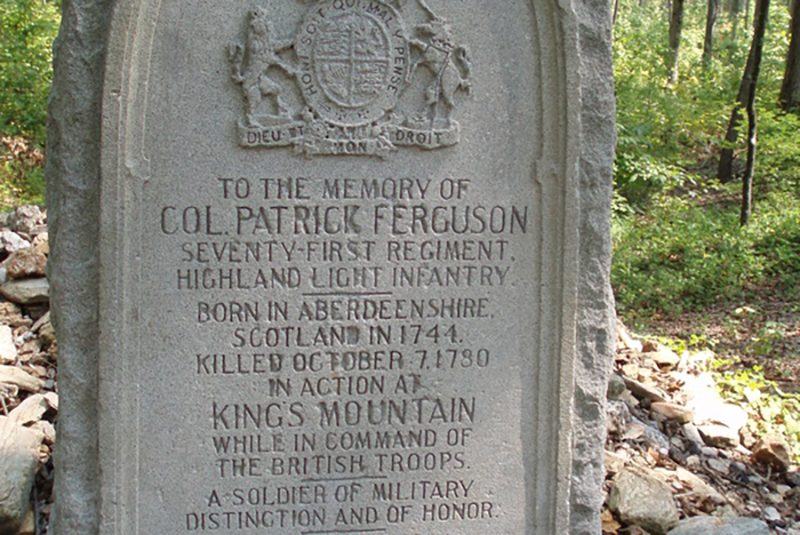About Publications Library Archives
heritagepost.org

Preserving Revolutionary & Civil War History

Preserving Revolutionary & Civil War History

Major Patrick Ferguson (1744 – October 7, 1780) was a Scottish officer in the British Army, early advocate of light infantry and designer of the Ferguson rifle.
Patrick Ferguson was born in Edinburgh, Scotland, on May 25 (Old Style)/June 4 (New Style) 1744, the second son and fourth child of advocate James Ferguson of Pitfour (who was raised to the judges’ bench as a Senator of the College of Justice, so known as Lord Pitfour after 1764) and his wife Anne Murray, a sister of the literary patron Patrick Murray, 5th Lord Elibank.
Through his parents, he knew a number of major figures in the Scottish Enlightenment, including philosopher and historian David Hume, on whose recommendation he read Samuel Richardson’s novel Clarissa when he was fifteen, and the dramatist John Home. He had a large number of first cousins through his mother’s family: these included Sir William Pulteney, 5th Baronet, Commodore George Johnstone, and Sir James Murray (later Murray-Pulteney).
He began his military career in his teens, encouraged by his uncle James Murray. He served briefly in the Holy Roman Empire with the Scots Greys during the Seven Years’ War, until a leg ailment – probably tuberculosis in the knee – forced him to return home. After recovering, now in peace-time, he served with his regiment on garrison duty. In 1768, he purchased a command of a company in 70th Regiment of Foot, under the Colonelcy of his cousin Alexander Johnstone, and served with them in the West Indies until his lame leg again began to trouble him.
After returning home in 1772, he took part in light infantry training, coming to the attention of General Howe, and developed the Ferguson rifle, a breech-loading flintlock weapon based on Chaumette’s earlier system.